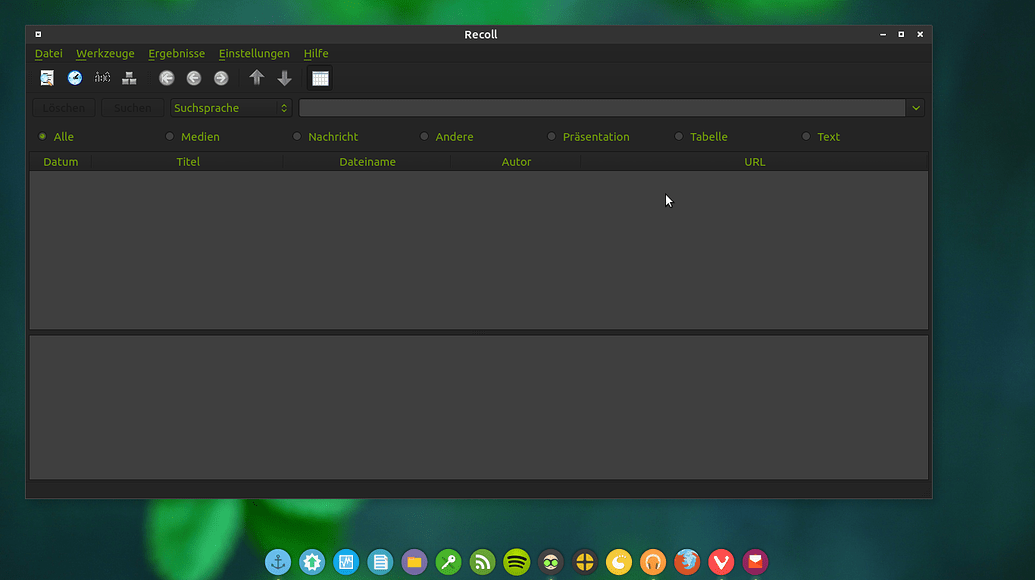

The following command renames all "CR2" (Canon) raw files, in current folder and its subfolders, according to the metadata Create Date and Time. $ treeĢ directories, 8 files Renaming Image Files According to their Creation Date We can see the images are moved into a new folder with the year and then yearmonth subfolders. We'll use the tree command to see the folder structure of the new arrangement of the images we manipulated. OldImages is the source folder where the entire operation begins from and the original images are kept. r repeats the process recursively over the source folder and it's subfolders. NewImages/%y/%y%m is the relative path to the folders the images to be copied to with the subfolders named after the year and then yearmonth. Directory

MIMEType : image/x-canon-cr2 Viewing Specific Metadata Properties of a File So instead of "File Name" you see "FileName", etc. If you want the same metadata, but instead of using readable metadata names like "Modify Date", you want the names you need to use when you'll use in actual ExifTool commands, use the -s options. In this example, we run exiftool against an image named "IMG.CR2" and we got a friendly metadata ranging from file Modification date, Image Width and Height, Color components to Megapixels. Here are the most common commands you can use with ExifTool: You can now run ExifTool anywhere in your terminal by typing exiftool. You must have Perl installed on your Linux box before compiling. exiftool in the ExifTool directory or proceed to the next step if you want to install it system-wide. You can compile and install ExifTool from the source on any Linux distro (including CentOS) $ wget # sudo apt install libimage-exiftool-perl From Source You can install ExifTool on Ubuntu using the apt utility. In this section, we'll be installing ExifTool on Ubuntu and other Linux distributions On Ubuntu Modify the required parts of the commands used in this article to make your work. I'll be using CR2 (Canon raw files) format in this article, and that's perfectly fine.

Ubuntu install exiftool how to#
Also, if you need to quickly and safely copy, move, rename, extract previews or modify multiple images at once, ExifTool is what you need.īy the end of this article, we'll know how to install ExifTool on Ubuntu / CentOS and manipulate metadata of files. For example, the metadata of photographs are the additional data like the name of the device, the resolution of the image, the location the image was taken at, the date of capture and modification and more.ĮxifTool supports several metadata formats including EXIF, GPS, XMP, GeoTIFF, Photoshop IRB, ID3, FlashPix. Your camera writes EXIF (Exchangeable image file format) and we'll be focusing on images in this article, but note that ExifTool can be used to modify the metadata of any file. Metadata are the additional data added to multimedia files.
Ubuntu install exiftool pdf#
It's a open source program for reading, modifying, and manipulating images, videos, audios and PDF metadata. You may have come across ExifTool while searching for an image recovery software.


 0 kommentar(er)
0 kommentar(er)
